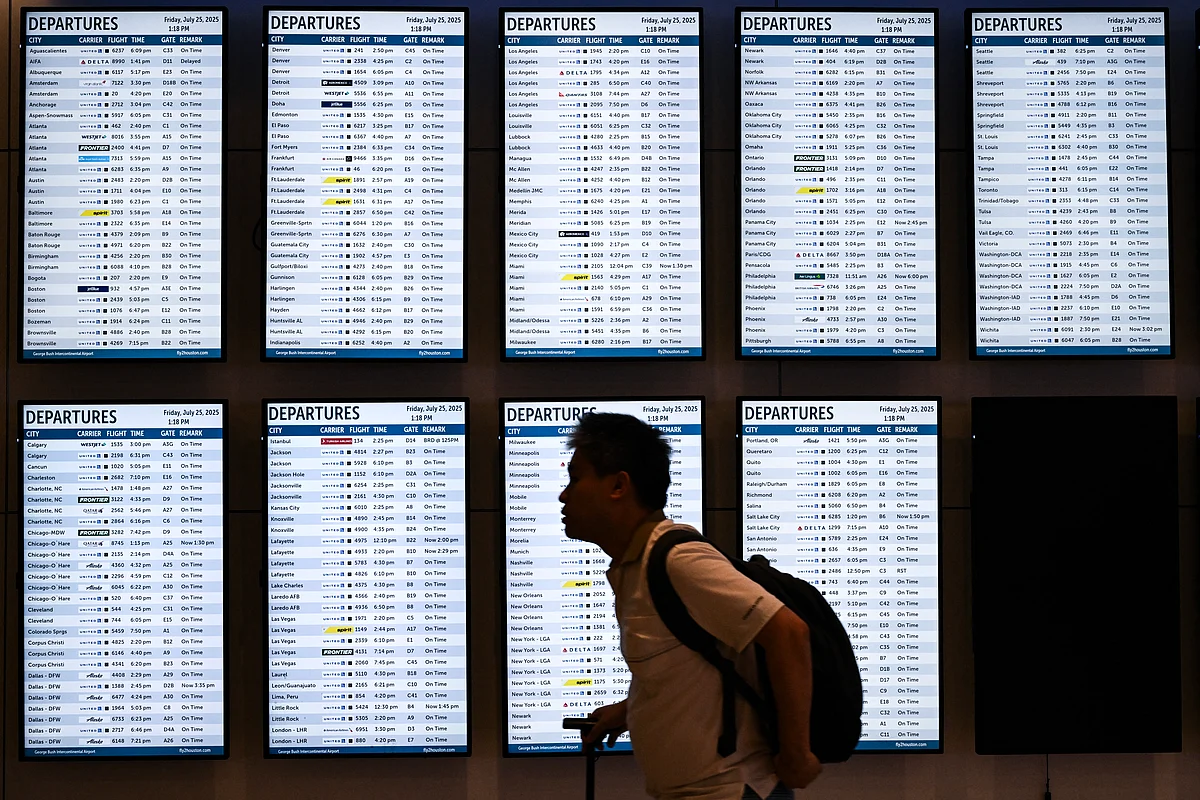
New Emirates Rule: Power Banks Can Catch Fire, Cause Explosions, Say UAE Experts
Power banks can pose serious safety risks on flights, including the potential to emit toxic smoke, ignite flames, or even trigger major explosions, safety experts have warned. Earlier on Friday, Emirates Airlines announced a ban on the use of power banks during all its flights, effective from October 1.
“Power banks indeed pose a significant fire hazard because they contain lithium-ion batteries, which have a high energy density,” said Dana Kamal, Director, International Business Development, MENA at NFPA.“When exposed to physical or thermal stress, they can overheat, catch fire or even explode. In the confined and controlled environment of an aircraft, where factors such as cabin pressure, temperature fluctuations, and limited oxygen can impact battery performance, these devices can pose a significant fire safety risk.”
Recommended For You Skydiving, Immersive art: Indoor activities in Abu Dhabi the whole family can enjoy this summerAccording to David C., General Manager at Emirates Safety Laboratory, power banks contain lithium-ion batteries, which could cause the device to overheat when used.
Stay up to date with the latest news. Follow KT on WhatsApp Channels.
In a statement, Emirates said that customers will be permitted to carry one power bank onboard with specific conditions, but they may not be used while in the aircraft cabin-neither to charge devices nor to be charged themselves using the aircraft's power source.
For several months now, airlines across the world have been updating their rules regarding lithium batteries, after an increase in the incidence of accidents. A Reuters report revealed that in 2024, the US Federal Aviation Administration (FAA) recorded an average of three incidents every two weeks involving overheating lithium batteries on planes worldwide - a sharp rise compared to just under one incident per week in 2018.
Dangers
Pilot and aviation expert Hans-Georg Rabacher explained that a power bank can overheat due to direct sunlight, poor ventilation, overcharging, or physical damage, and this can lead to a dangerous reaction called thermal runaway.“This usually starts in one battery cell, which overheats and triggers a chain reaction. The result can be an explosion, toxic gas release, and open flames with temperatures over 1,000°C,” he said.
Dana said that this was one of the“key reasons” why airlines banned power banks from checked-in luggage.“If a power bank begins to overheat, passengers or crew in the cabin can quickly notice signs such as smoke, heat, or unusual odours coming from the device, and can immediately notify the crew,” he said.“Early detection allows rapid intervention from the cabin crew members, who are usually well-trained and equipped to handle such incidents, thereby minimising risks and limiting potential damage.”
Low-quality items
David added that some issues stem from low-quality power banks manufactured in various countries worldwide.“Here in the UAE, we have excellent safety standards,” he said.“However, some very low-quality power banks are manufactured in different geographies, and these could pose a significant danger during flights.”
He states that these devices may look the same on the outside, but often lack the rigorous safety testing to ensure internal mechanisms prevent overheating or fire.“This is why people need to invest in good quality power banks with international certifications, which will be indicated on their labels,” he said.
David said that it was important for power bank users to ensure they are correctly stored when taking them on a plane. “When they are stuffed in the overhead cabin or put in the seat pocket whilst charging devices, they could more likely overheat due to the lack of ventilation trapping the heat,” he said.
Earlier this year, Air Busan became one of the first airlines to restrict power banks in overhead cabin bins after one of its planes caught fire; an incident thought to be caused by a power bank overheating.
Experts added that physical damage, like banging a power bank, could cause the device to malfunction and overheat.
“I always stress the importance of a thorough visual inspection,” said Dana.“Check for any visible damage, such as scratches or other signs of wear. Be alert for subtle warning signs such as unusual odours or chemical smells, as well as excessive heat. While it's normal for electronics to generate some heat during use, if a power bank feels unusually hot, it's a warning you should not ignore.”
David said that technology is progressing quickly, allowing manufacturers to make a power bank without lithium ion batteries. Some are not producing power banks with nickel-metal hydride, alkaline batteries, and even capacitors.

Legal Disclaimer:
MENAFN provides the
information “as is” without warranty of any kind. We do not accept
any responsibility or liability for the accuracy, content, images,
videos, licenses, completeness, legality, or reliability of the information
contained in this article. If you have any complaints or copyright
issues related to this article, kindly contact the provider above.

















Comments
No comment